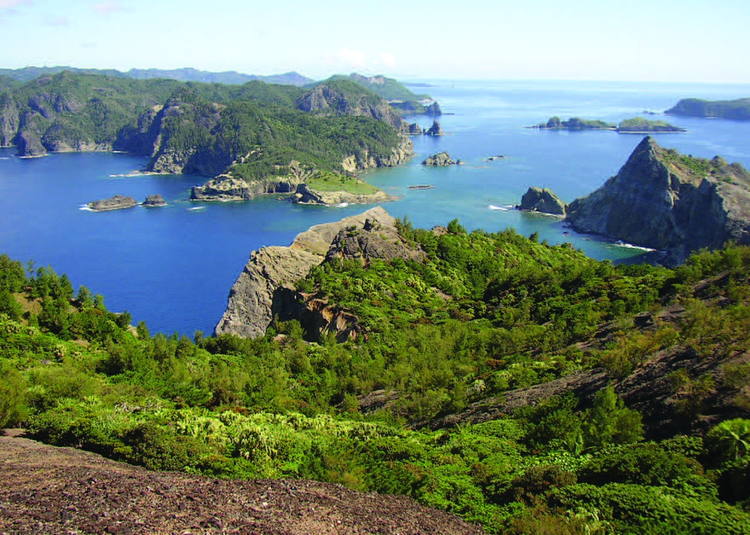The Tokyo Metropolitan Government is also evaluating the ATR 42-600S aircraft for a new service between Tokyo and the Ogasawara Islands.
It has been widely reported that the Leonardo AW609 tilt-rotor is being considered for the service, but details on the government’s website also shows it has been considering the ATR 42-600S.
The government, however, says it is evaluating the Leonardo AW609 tiltrotor first since the aircraft has reached later development stages.
The AW609 is a new aircraft in development, but several flight test aircraft have already been built and are doing flight testing as part of the aircraft’s certification program. The Italian aircraft-maker has been working to get FAA certification for the AW609 as soon as this year.
Leonardo says the AW609 will be the first civil certified tilt-rotor and that the first two production AW609s are currently being assembled at its factory in Philadelphia.
The ATR 42-600S, meanwhile, is planned for certification in the 2022’s second-half.
The ATR 42-600S is a new variant of the ATR 42-600 and has additional short take-off and landing capability, allowing the 50-seat aircraft to access runways as short as 800m.
But the Leonardo AW609 tiltrotor requires little more than a large helipad, the Tokyo government says. The Leonardo AW609 tiltrotor is unique in that it can take off and land vertically like a helicopter, while being able to fly faster and further than conventional helicopters.
The Ogasawara Islands – which are 1,000km south of Tokyo – are UNESCO World Heritage listed, but also have a population of about 2,500 people. The Tokyo government says an air service has long been considered, but only over the past year has it gained traction.
The only way to get to the islands currently is by sea ferry that takes at least 24hr. Some local residents want the air service for convenience and also for emergency medevac.
The authorities have considered building a 1,000m-long runway on the island.
But there are some residents who are opposed, arguing the runway will damage the island’s flora and fauna which is distinct from the rest of Japan. There are some endangered species on the island, such as the Bonin flying fox.
Both the AW609 and ATR 42-600 have the range to serve the outlying islands. The ATR 42-600 has a range of about 1,300km and a cruise speed of around 556km/h; while the Leonardo AW609 has a range of 1,350km and a cruise speed of 509km/h. The Leonardo AW609 only carries nine passengers, but the advantage of the tilt-rotor is there is no need for a runway.
Meteorological surveys, geological surveys and soil tests have since been performed, suggesting that a short runway or helipad could be built in Ogasawara’s population centre in Susaki, Chichijima, to support the air service.
Photo: UNESCO

